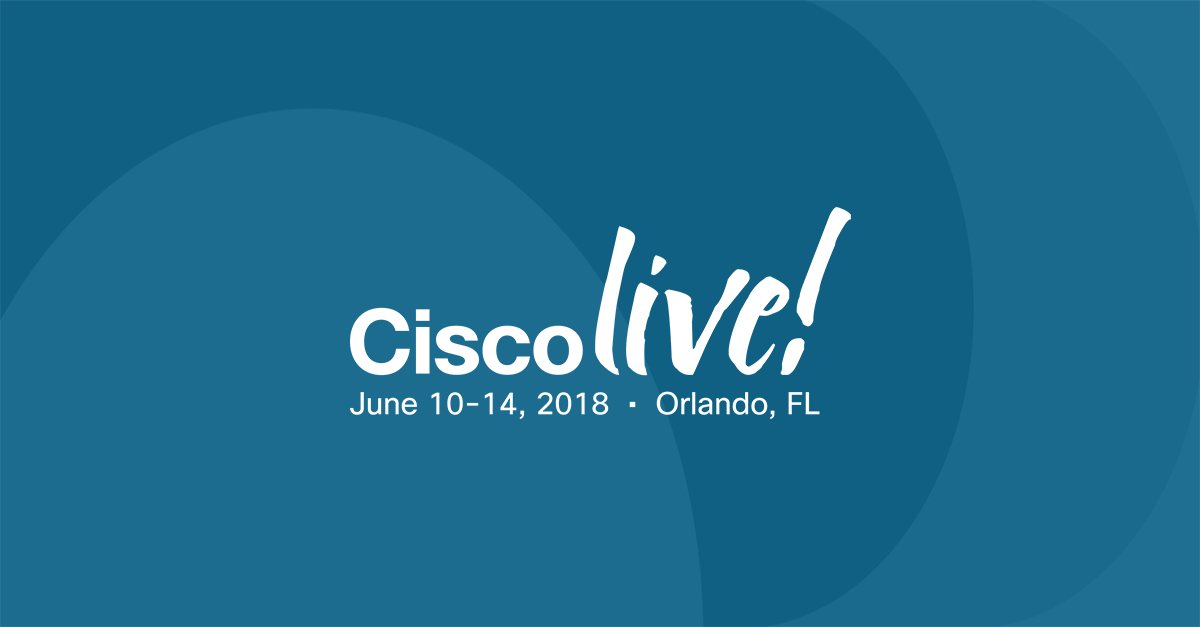In the course of researching, documenting and advising on user experience management needs and directions for more than a decade, I’ve found myself waging a quiet (and sometimes not so quiet) war with several industry assumptions. Chief among these is the notion that user experience management (UEM) is purely a subset of application performance management (APM). This APM-centricity misses some of UEM’s most critical value points, and in a basic sense fails to recognize what UEM is truly about.
What research over the course of ten years has consistently shown is that UEM is at core a two-way mirror. One side of the mirror indeed looks back at the application and its performance in terms of transactional latencies as the end user experiences them. But the other side of the mirror looks out at the end user/consumer with an eye to productivity, application usability, business impact, usage, value and relevance.
The six dimensions of UEM
The next step in looking at UEM from an end-user perspective is to consider the use-case values documented in our research. EMA has validated six UEM use-case values, of which application performance is only one. These are listed based on prevalence—what people are actually doing. (When ranked by importance, the order stayed the same except that business impact outranked application performance.)- Application performance: This is the most tilted toward pureplay APM, and yet it, too, will gain from insights into user/consumer interactions relevant to completing critical business processes or other transactions.
- Business impact: Here understanding the user is front and center—as most business outcomes are ultimately generated (and measurable) via end-user interactions, whether in terms of business process efficiencies, or customer/consumer outcomes.
- Change management: Changes made to applications are often viewed in purely technical terms by IT. But in reality, any new application release may cause issues that transcend server or network performance. Validating change without understanding end-user impact is a story only partly told.
- Design: Here end-user interaction is key, and far too often neglected. What looks good to developers in the back office may not work in real-world situations. UEM can document behaviors that not only suggest latency issues, but problems with application look and feel.
- User productivity: This is all about the end-user interacting with the application. Some relevant productivity metrics ranked by their prevalence in real-world deployments are as follows:
- User productivity (number of processes executed)
- User effectiveness (success versus failure ratio)
- User efficiency (number of steps per process)
- User identification (time zone, location, computer name, IP)
- User attributes (geography, department, role)
- User proficiency (number of errors)
With this information, an entire portrait of user/consumer behavior can be mapped, understood and optimized, whether through changes in the application, improved app delivery, or actual training.
- Service usage: Once again this is all about how, where, and potentially even why the end-user interacts with applications.
In the last three years…
Speaking of service usage, it isn’t so surprising that in EMA’s most recent research, the two areas that have become most important to UEM over the past three years are application performance and portfolio planning and optimization which were tied for first place. Putting the user into user experience management can provide insights into:- What’s being used and what’s not?
- And to what effect?
- What are the business outcomes?
- What business processes are enhanced? Which are slowed?
- And at what cost to business performance?
Business and IT alignment anyone?
More than anything else, applications are the "products" of IT—the core services through which businesses evolve and perform. Digital transformation wouldn’t be "digital" without applications of some kind. And any smart product creator/deliverer will seriously invest in understanding how the consumers behave when engaging with their products—whether it’s about toys, cars, cameras or – to take a modest leap in context—SAP. When we asked if user experience management was an IT concern, a business concern, or a joint IT-to-business concern, the responses were consistent with years past:- 20% felt that UEM is primarily a business concern
- 21% felt that UEM is primarily an IT concern
- 59% recognized the truth: UEM is (or should be) equally an IT and a business concern
There’s always more
Putting the user into UEM has many additional values. For instance, in creating a true common ground between development and operations for DevOps, where not only performance, but usability and design can be understood in both pre- and post-production environments. With the right linkages, understanding end-user behaviors will also bring value in industry compliance, business process assessments, and needless to say to training needs for complex, business critical ERP and other applications. It can also help to unify operations and service desk insights into a truly integrated strategy for UEM across all of IT.
The list continues, but hopefully I’ve made my point. And I welcome yours.For anyone interested in finding out more, I’ll be doing a webinar on this very topic on June 13th. For registration—please click here.
Feel free to reach out to me at drogseth@emausa.com




